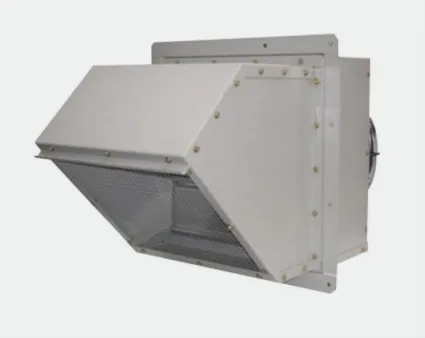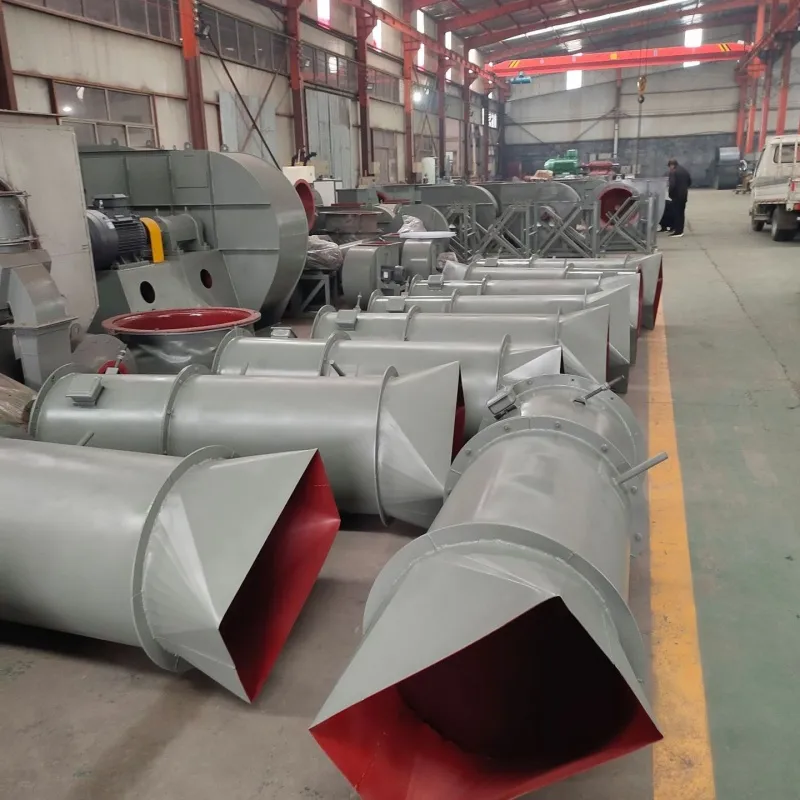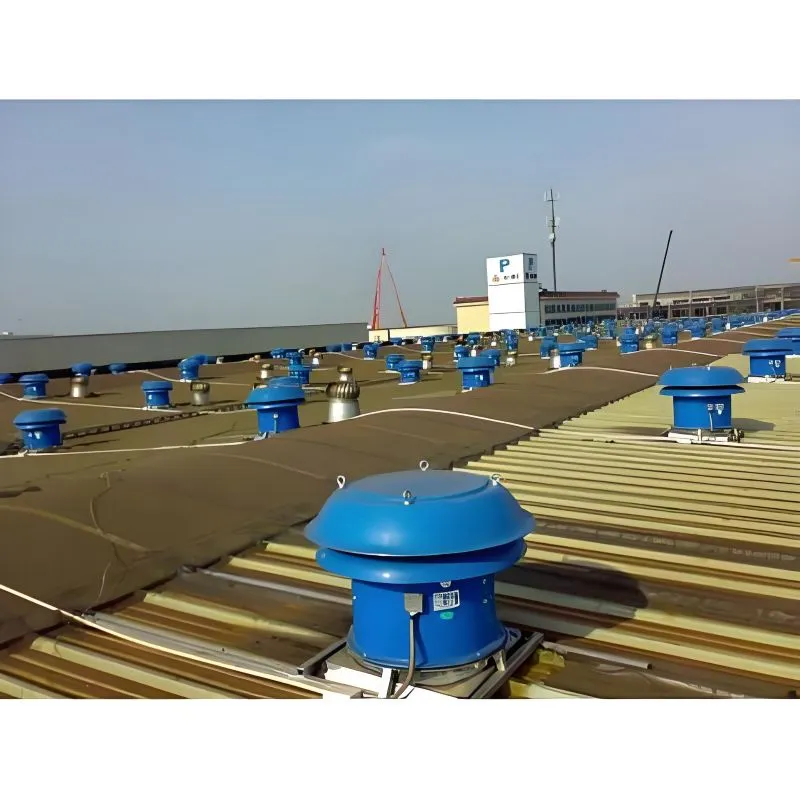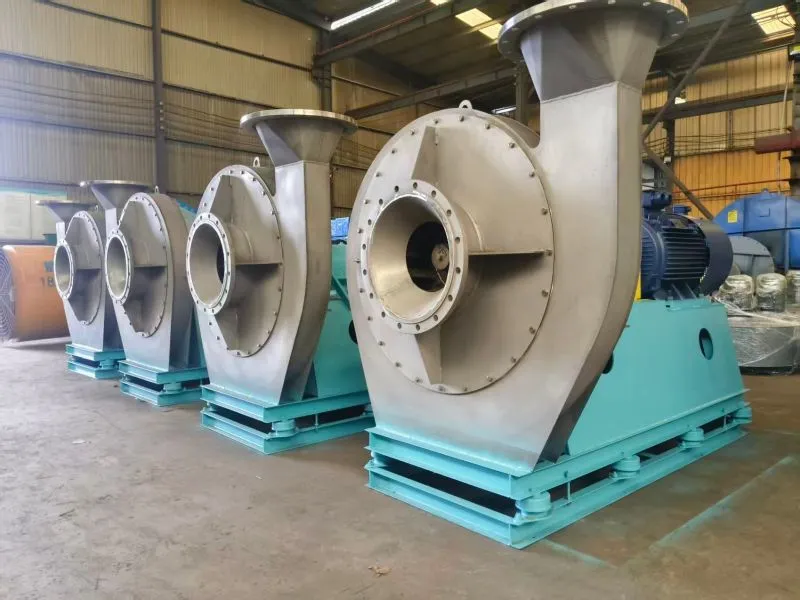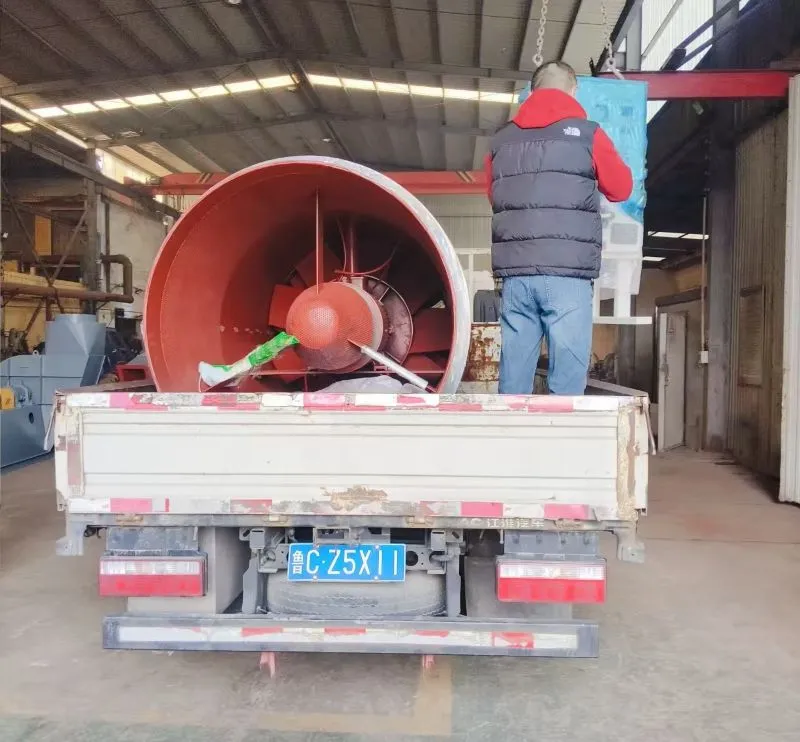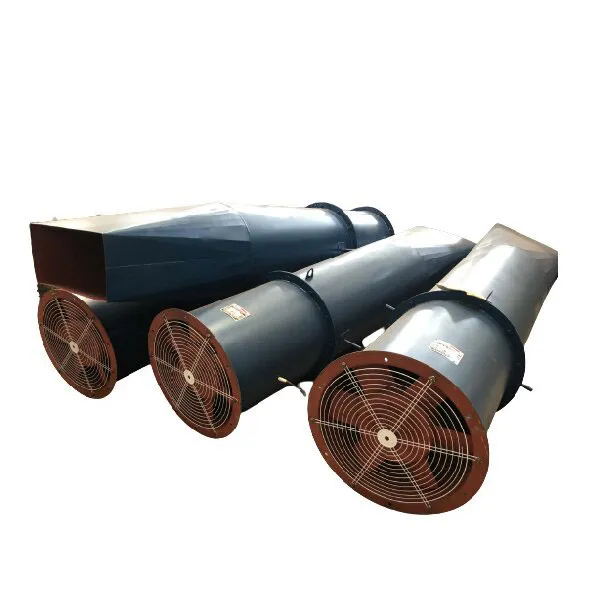In the world of industrial manufacturing, the role of centrifugal steel mill fans often goes unnoticed, yet their impact on efficiency is substantial. These fans are not just about moving air; they play a critical role in optimizing processes and reducing energy consumption. But how exactly do they achieve this? Let’s dig into some insights that might surprise even seasoned professionals.
The Mechanics Behind Centrifugal Fans
At first glance, a centrifugal fan seems straightforward. You’ve got a motor, an impeller, maybe a few ducts. But the devil is in the details. The design of the impeller and the housing can dramatically affect performance. I’ve seen cases where tweaking the angle of the blades by just a few degrees resulted in measurable efficiency gains. Engineers often underestimate this when specifying fans for their systems.
Moreover, it’s not just about the fan itself. The interaction with the system’s ductwork, any potential blockages, and even ambient conditions all play a role. A colleague once discovered that smoothing out a sharp turn in the ductwork reduced resistance significantly, which allowed the fan to operate more efficiently. It’s these small, seemingly minor adjustments that can lead to significant results.
And then there’s maintenance, often a neglected aspect. Regular cleaning and inspection, ensuring no debris obstructs the fan blades, can prevent performance from dipping over time. Many a fan has underperformed simply because its basic maintenance needs were ignored.
Energy Efficiency: A Core Advantage
Energy costs in large-scale manufacturing are astronomical, and anything that can shave even a small percentage off the electricity bill is worth its weight in gold. Here, centrifugal steel mill fans shine. Their ability to handle varying loads without losing efficiency is a game changer.
Consider a project I worked on where we replaced outdated systems with modern centrifugal fans from Zibo Hongcheng Fan Co., Ltd. (https://www.hongchengfan.com). The difference was stark. The new fans provided better airflow control and reduced energy consumption by nearly 15% across the board. The investment paid for itself faster than we had initially projected.
Variable frequency drives (VFDs) were part of this upgrade. Installing VFDs allowed us to fine-tune fan speeds according to real-time demands, avoiding unnecessary energy use. This flexible approach to fan speed management is crucial in overcoming one of the significant energy challenges in these systems.
Reliability and Durability
Steel mills are not gentle environments. The rigs run hot, dusty, and often under harsh conditions. The reliability of a centrifugal fan is paramount. In some of the tougher environments I’ve been in, breakdowns were not an option. This is where high-quality construction and the choice of materials become essential.
Fans from reputable manufacturers like Zibo Hongcheng Fan Co., Ltd. are designed to endure such conditions, offering robust performance with minimal downtime. Their range includes tough corrosion-resistant fans which are particularly valuable in applications where environmental exposure is a concern.
The durability of these fans also means fewer replacements and repairs over the lifetime of the equipment, which again translates to both cost savings and peace of mind for operations managers.
Adaptability to Specific Needs
Every steel mill has its unique set of challenges, which means one size rarely fits all. Advanced centrifugal fans offer the flexibility needed to meet specific requirements, whether it’s high temperature, varying pressure levels, or specific airflow patterns.
In one project, we had to account for extreme temperature fluctuations that could impact fan performance. By choosing a specialized model suited for high temperatures, we avoided the pitfalls that would have led to reduced efficiency and potential fan failure.
And it’s not just about handling extremes. Sometimes the need is for precision airflow. Adjusting the fan’s impeller and casing, sometimes even customizing the fan, becomes a necessity to hit those precise operational targets.
The Future of Centrifugal Fans in Steel Mills
The landscape of industrial fan technology is continually evolving. Innovations in materials, aerodynamics, and control systems mean we can expect even more efficient designs in the future. What’s exciting is watching how these developments trickle down into practical, everyday applications.
There’s also a growing trend toward integrating IoT technology into fan systems for predictive maintenance. With sensors monitoring real-time data, we can predict when a fan might need service, avoiding costly downtime and unexpected failures.
In conclusion, centrifugal steel mill fans are more than just components that move air. They are integral to optimizing efficiency, reducing energy costs, and ensuring reliable operations in diverse and challenging environments. As we’ve seen time and time again, staying abreast of the latest advancements and maintaining a keen eye for detail can yield substantial benefits for any steel mill operation.









